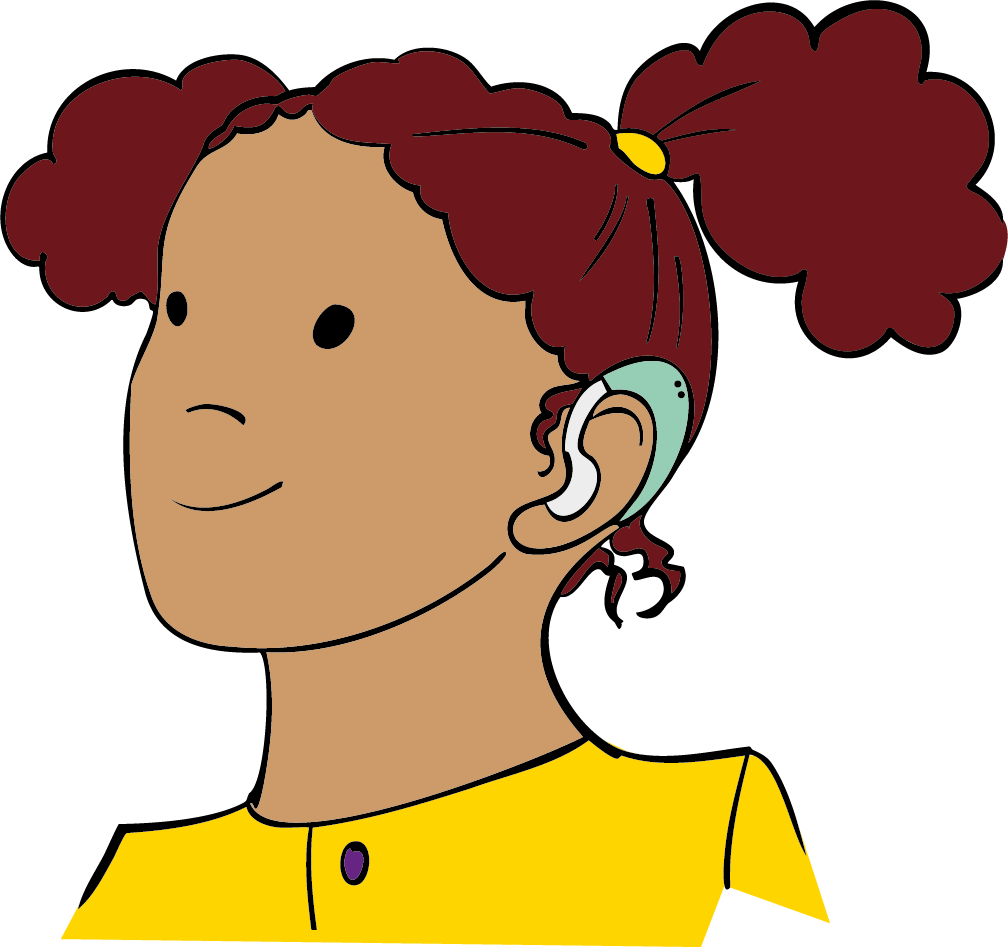Tutorial 6
Reading in German
Reading aloud in German supports language acquisition in children who have auditory perception. Among other benefits, it helps them expand their vocabulary and consolidate sentence structure.

Ensuring comprehension
Many deaf and hard of hearing children – even those with hearing aids or cochlear implants – may only have a limited perception of spoken language.

Optimise your use of audio technology: ensure that hearing aids and cochlear implants are switched on. Use a sound transmission system (e.g. a Soundfield system) or microphone connected to the hearing aids or cochlear implant. When other children are speaking, pass the microphone to them, to enable deaf or hard of hearing children to understand everything.

Make sure children are watching you while you speak. Deaf and hard of hearing children will understand you much better if they can see your face and mouth.

Leave a short pause after each sentence or phrase. This gives children time to process what they have heard.


If you understand signs, use them in addition to speaking (= LBG/signed German). They will support comprehension for many deaf and hard of hearing children.

If the children can already read a little, use fingerspelling. This is a method of spelling the letters in the German alphabet with one hand. It is particularly suitable for the names of characters for whom there is no sign. You can find further information here:

Each ReaDi picture book provides an audio track in addition to the written text. If a child has good auditory perception for spoken language, they can listen to the story by themselves or together with you.

Connect hearing aids or cochlear implants with the digital device (e.g. via Bluetooth) to eliminate intrusive background noise.



Tasks
Tasks

Think about which audio technology is habitually used by the children you work with. Familiarise yourself with the technology and try it out at your next reading session.

During your reading session, make sure to look at the children at regular intervals to make sure they are watching you as you speak/sign. Take planned breaks.
